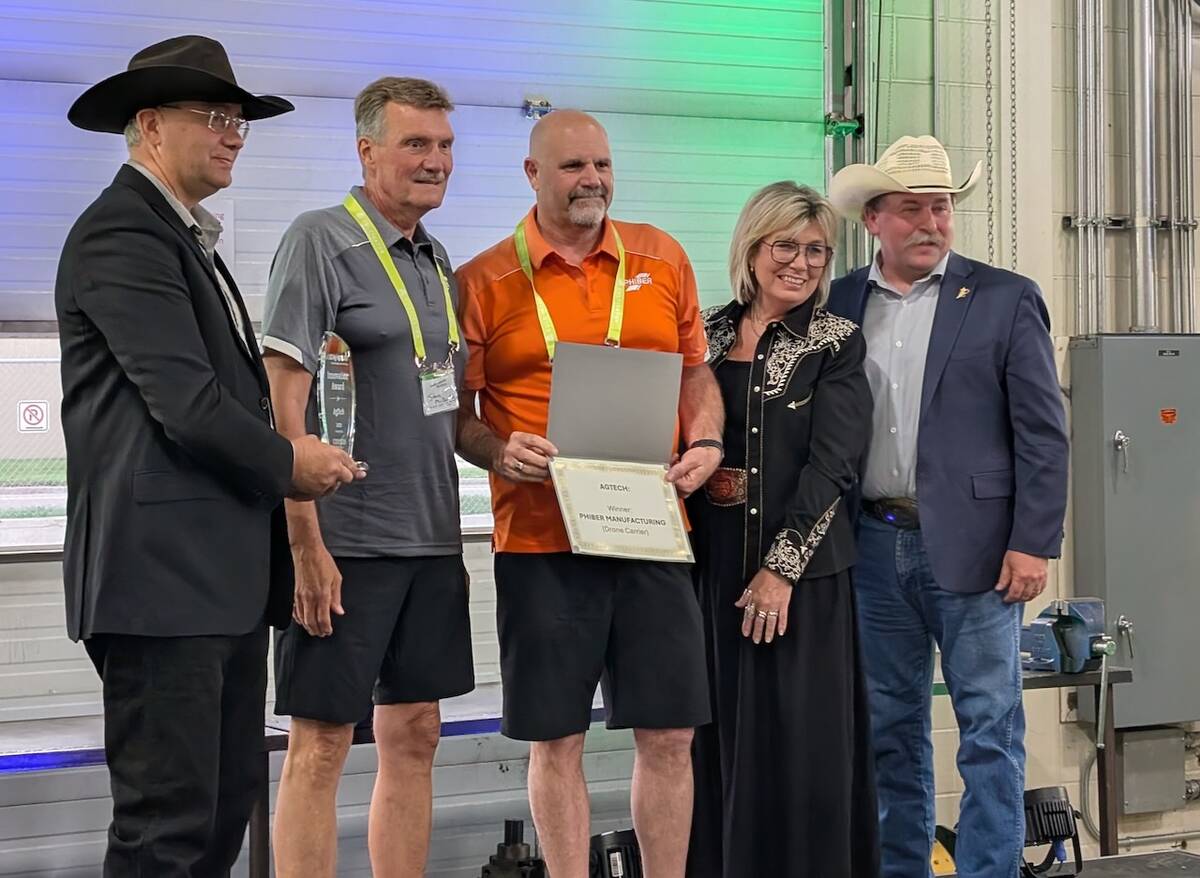Rail freight rates for moving western Canadian grain to market will be going up in the 2019-20 crop year.
The VRCPI is used to determine how much Canada’s major railway companies can charge for moving grain on federally regulated railway routes under the maximum revenue entitlement program.
Read Also

Ag in Motion innovation awards showcase top 2025 ag technology
The 2025 Ag in Motion Innovation Awards celebrated winners across five categories: agronomics, agtech, business solutions, environmental sustainability and equipment.
Citing higher operating costs for labour, fuel and materials, the transportation agency determined that CN’s VRCPI in the 2019-20 crop will increase by 1.82 percent over 2018-19 values.
CP’s VRCPI will increase by 3.7 percent, based on higher costs for fuel, materials and investments including leased hopper cars, amortization and the cost of capital.
The MRE limits how much revenue CN and CP can generate from moving a tonne of western grain over any given distance.
Recently introduced regulatory changes were aimed at encouraging investments in railway infrastructure and ensuring that MRE limits would reflect those investments.
In its April 30 ruling, the agency said one of the factors contributing to the higher VRCPI values at CN and CP was a cost component adjustment related to the acquisition of new hopper cars for the movement of Canadian grain.
It remains to be seen how much extra the adjusted VRCPI values will cost grain shippers to move western Canadian grain to market.
Total freight revenues collected each year also depend on the amount of grain transported annually and the distance grain is moved by rail.
Contact brian.cross@producer.com


















